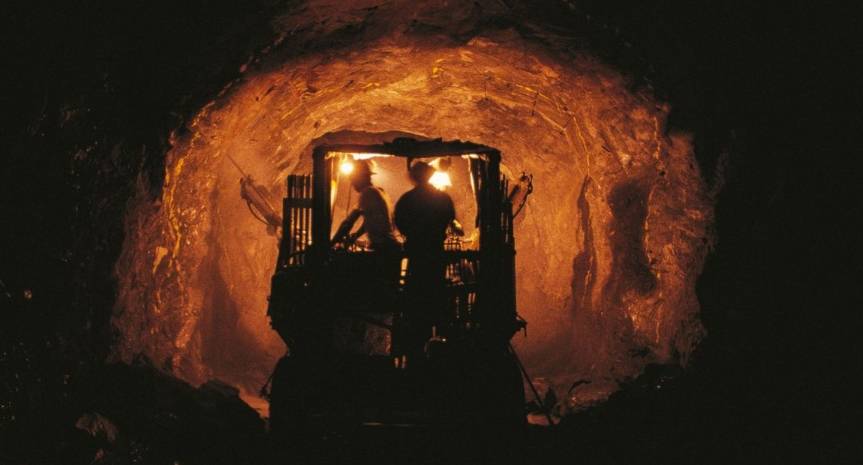Extracting the sixty or so metals from a GSM has such an environmental, social and human cost that they are often referred to as “blood minerals”.
A smartphone weighs on average 120 grams. To make it, you need about 70 kilograms of natural resources, which is 600 times its weight. Among these resources, there are about sixty different metals: 80 to 85% ferrous and non-ferrous metals, 0.5% precious metals, 0.1% rare earths and 15 to 20% other substances.
As technology develops, these metals are ever smaller and more numerous in phones. However, extracting them from the subsoil has undeniable environmental, health and human consequences.
Responsible for three quarters of the CO2 emissions of the device, their extraction sometimes leads to fueling armed conflicts at the expense of local populations. Hence the expression, now widely used in the political, academic and associative spheres, of “blood minerals”.
Before ending up in your phone, where do these metals come from and how are they extracted?
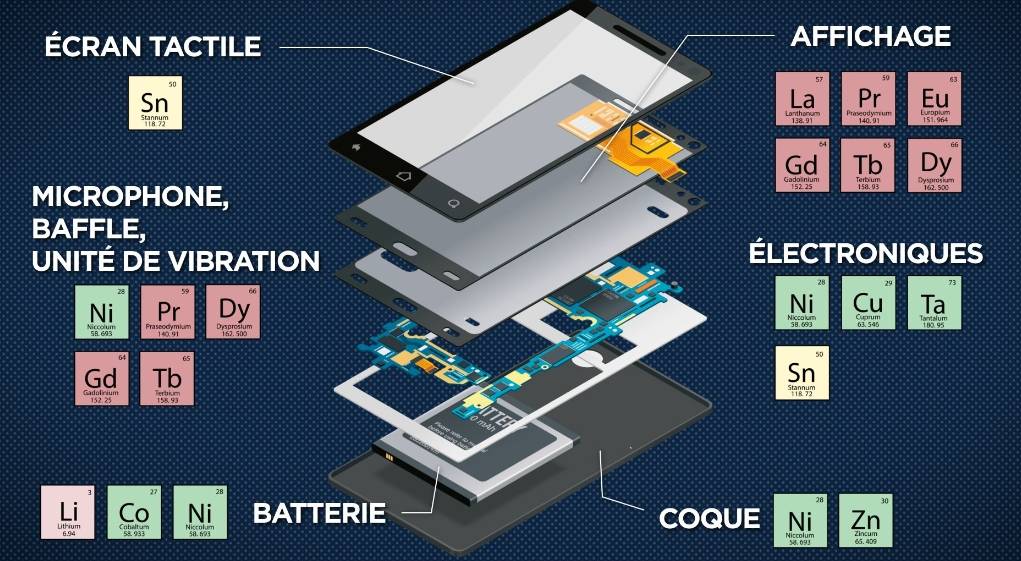
A distinction must be made between the extraction stage and the refining stage of these metals. Refining, which precedes the transformation stage, is generally carried out in the countries where the production plants are located.
Today, only a handful of countries extract most of the metals contained in a smartphone. This creates a situation of strong dependence, particularly of the European Union (EU), vis-à-vis these extracting countries. EU countries thus import 75% to 100% of most metals.
Under what conditions are these metals extracted there? Focus on the Democratic Republic of Congo (DRC), Chile and China.
The human cost of Congolese artisanal mines
59% of the world’s cobalt comes from the DRC. Its extraction takes place in “medieval conditions” according to the expression of Guillaume Pitron, author of “The War of Rare Metals”. A large part of the Congolese mines are called “artisanal” because they are generally undeclared. The metals are extracted there by force from the miners whose respect for their rights is more than random.
“A hundred thousand miners, particularly in the southern region of Lualaba” would work in these mines, estimates Guillaume Pitron, also a journalist and researcher associated with IRIS. 57% of them would be employed by intermediaries and 63% of them received less than the minimum income necessary to live decently in the DRC.
According to UNICEF, more than 40,000 children work in mines in southern DRC, many of them in cobalt and coltan mines.
In the DRC, roadblocks remain an important source of revenue for state and non-state armed actors – Report “Project Madini”, 2021.
This situation results in particular from the inability of the Congolese State to regulate mining activity. This results in its control by various informal groups including armed militias, says a Madini Project report:
“Roadblocks remain a critical source of taxation of natural resources by armed state and non-state actors, and a source significant source of income for these groups”.
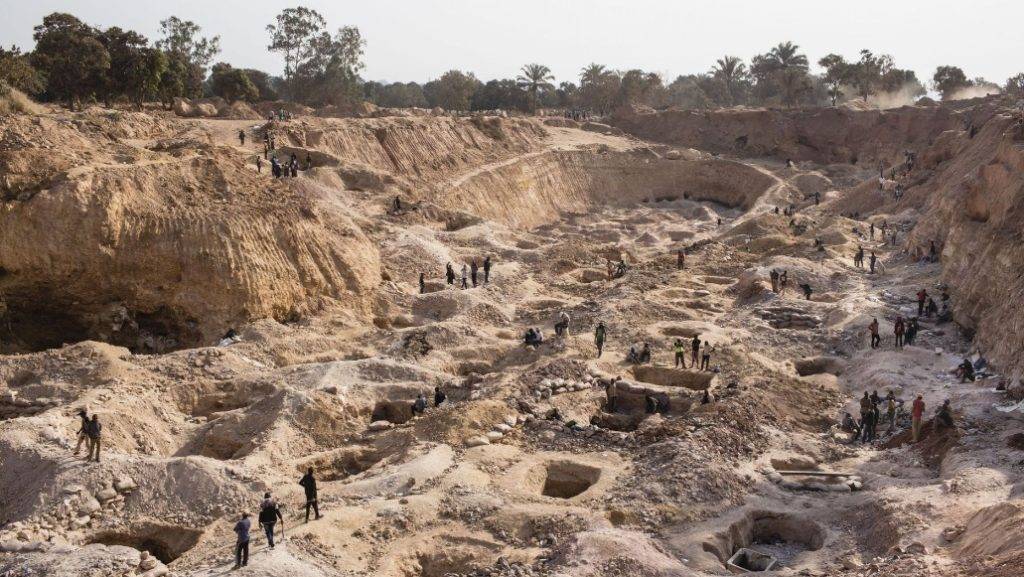
This interference is not limited to the extraction of cobalt. It also concerns that of gold – 1% of the gold mines in the world are in the DRC.
“In the Butembo region in the east of the country,artisanally produced gold probably remains the most widely used mineral to fund armed groups and illicit networks in the region”, says the Madini Project report.
Because of the virtual non-existence of Congolese state control over mining activity, “cases of pollution of the surrounding rivers and disruption of ecosystems are legion”, says Guillaume Pitron. The concentrations of cobalt in the urine of populations living near the mines of the city of Lubumbashi, in the province of Katanga, are up to 43 times higher than a control sample, reports studies carried out by Congolese doctors cited in the Washington Post.
Chilean lithium: dirty water war or dirty water war
Pollution from metal mining is not unique to artisanal mines, even if the opacity of their operation makes it difficult to identify those responsible. Industrial mines, which are widely represented in Latin America, are also responsible for many environmental ills and for local populations.
Chile, which alone concentrates 38% of lithium mines, must face many ecological and social issues caused by this mining activity.
Very water-intensive, the extraction of lithium increases the dryness of the soils, which are already very arid in Chile. Beyond a massive pumping of water, it is also highly contaminated, which leads to “the disappearance of fragile endemic species”, specify the authors of a study published in 2020.
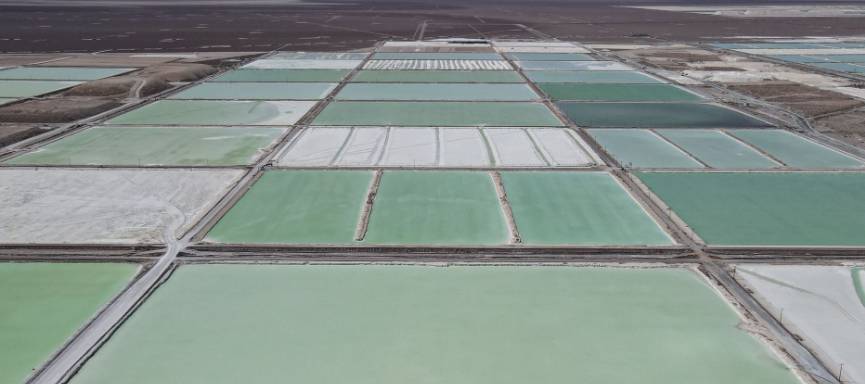
Lithium extraction causes conflicts around water resources between different communities, including the Toconao in northern Chile – Report “Friends of the Earth”, 2013
This water pollution will lead to conflicts between local populations who must now fight to have their (small) share.
“In Chile, in the Salar de Atacama, mining consumes, contaminates and diverts scarce water resources, at the expense of local communities. Lithium extraction has caused conflicts around water resources, with different communities, including the Toconao community in the north of the country,” reads a report by the NGO Friends of the Earth.
In addition to the environmental impact, mining activity will also destabilize the social and economic fabric of a region. Because it uses more machines, it requires skilled labor for it.
This is mainly made up of immigrant workers from other regions of the country.
“Because they are better paid compared to the local average salary, the massive arrival of these workers leads in particular to an increase in the price of real estate or basic necessities” underlines Marie Forget, teacher-researcher in Geography at the Savoy Mont Blanc University.
China: from mining monopoly to capital monopoly
In addition to its large reserves of coal, tungsten, graphite or nickel, China today has a virtual monopoly on rare earths (86%). With their particular chemical properties, these metals are used in many electronic or magnetic components of a telephone. Beyond GSM, they are found in a considerable number of new digital and ecological transition technologies, such as wind turbines or electric vehicle batteries.
Neodymium is one of them. It comes mainly from the mines of Inner Mongolia, in the city of Baoutou, known as “the ‘Silicon Valley’ of rare earths”. But behind this beautiful window, hide “discharges of acid water and waste loaded with radioactivity as well as heavy metals”, according to the Agency for the Environment and Energy Management (ADEME).
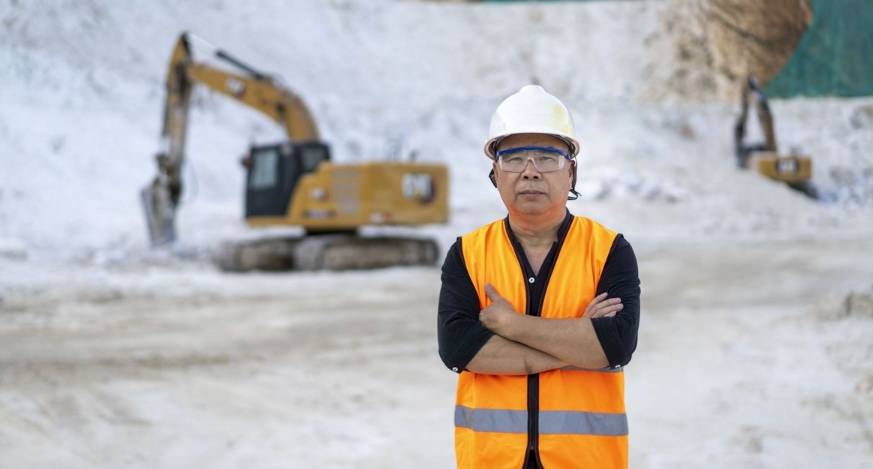
“The city of Baoutou is no longer a vulgar mining area, the Chinese prefer the title of “Silicon Valley” of rare earths” – Guillaume Pitron, journalist.
Guillaume Pitron visited one of the Chinese mines from which neodymium is extracted. In his book “The War of Rare Metals”, he recounts seeing “on the outskirts of the Weikuang Dam, a gigantic artificial reservoir in the hollow of which torrents of blackish water from the adjoining refineries. Ten square kilometers of toxic effluents, including too much -full overflows intermittently into the Yellow River”.
The health and environmental consequences of these toxic discharges are undeniable, as Guillaume Pitron has been able to document. He went to one of the villages near the mine which has even been nicknamed “the village of cancer” because of the abnormally high number of cases of cancer, cardiovascular accidents and hypertension.
In addition to the wealth of its subsoil, China also capitalizes enormously on mines outside its borders. And this regardless of the metal considered.
“Mining operations are often owned by third countries. China controls 15/17 cobalt mines in the Democratic Republic of Congo,” says Chris Heron, from the European Metals Association (Eurométaux).
On the other side of the globe, in Indonesia, the leading nickel extractor, the majority of mines are controlled by Chinese companies such as the giant Tsingshan Holding Group, which is also associated with the French group Eramet in the production of ferronickel alloys.
As for lithium, geography researcher Marie Forget indicates that “if we take the Chinese companies, they are present in all the regions where this metal is mined”.
Extraction of metals: harmful both upstream and downstream
The extraction of metals from smartphones causes a lot of environmental, social and even geopolitical damage. China is on the way to becoming the world leader in the extraction, refining but also of high-tech industries using rare earths, metals now essential to manufacture the “super-magnets” of mobile phones.
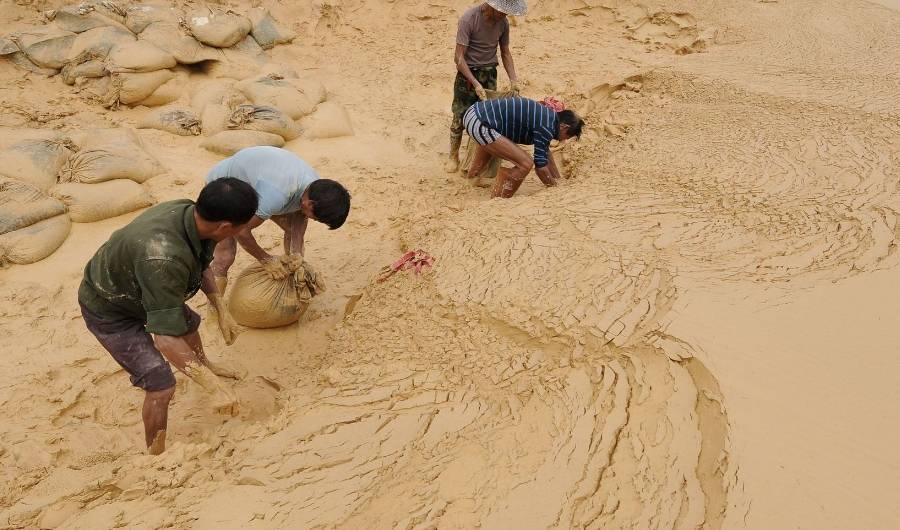
The European Commission plans to constitute strategic reserves of these rare metals while relaunching production on its territory. If there is to date no binding international rule to ensure an ethical and sustainable mining sector, an association is trying to lift the veil. The 50 member countries of the Extractive Industries Transparency Initiative pledge to be transparent about “the conditions under which extractive rights are granted, how the revenues reach the government and benefit the people”.
Increasingly miniature, the metals that make up a smartphone are also less and less substitutable and recyclable.
“The more complex alloys and small quantities of metals we have, the more difficult it is to recycle these metals. In terms of geography, these metals are bound to be “first-hand”, that is to say mined, and not from recycling channels”, notes Marie Forget of the University of Savoie Mont Blanc.
Currently, only about twenty of the metals in a smartphone are recyclable.

